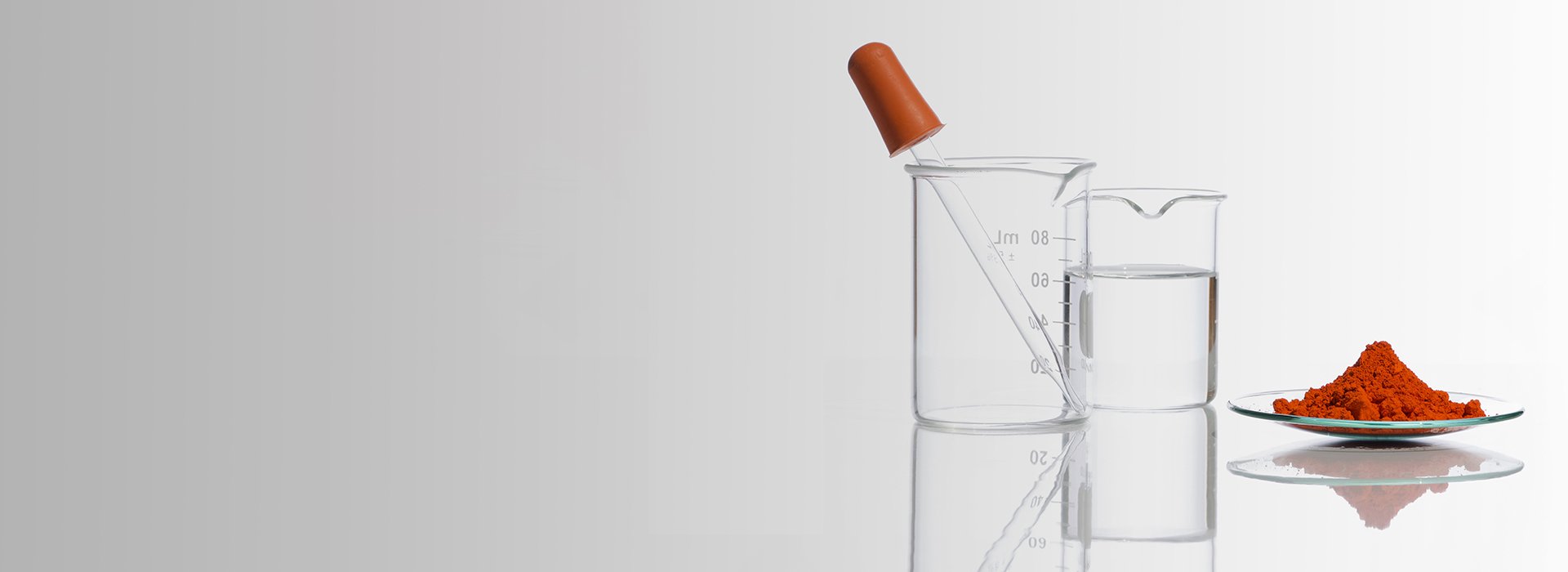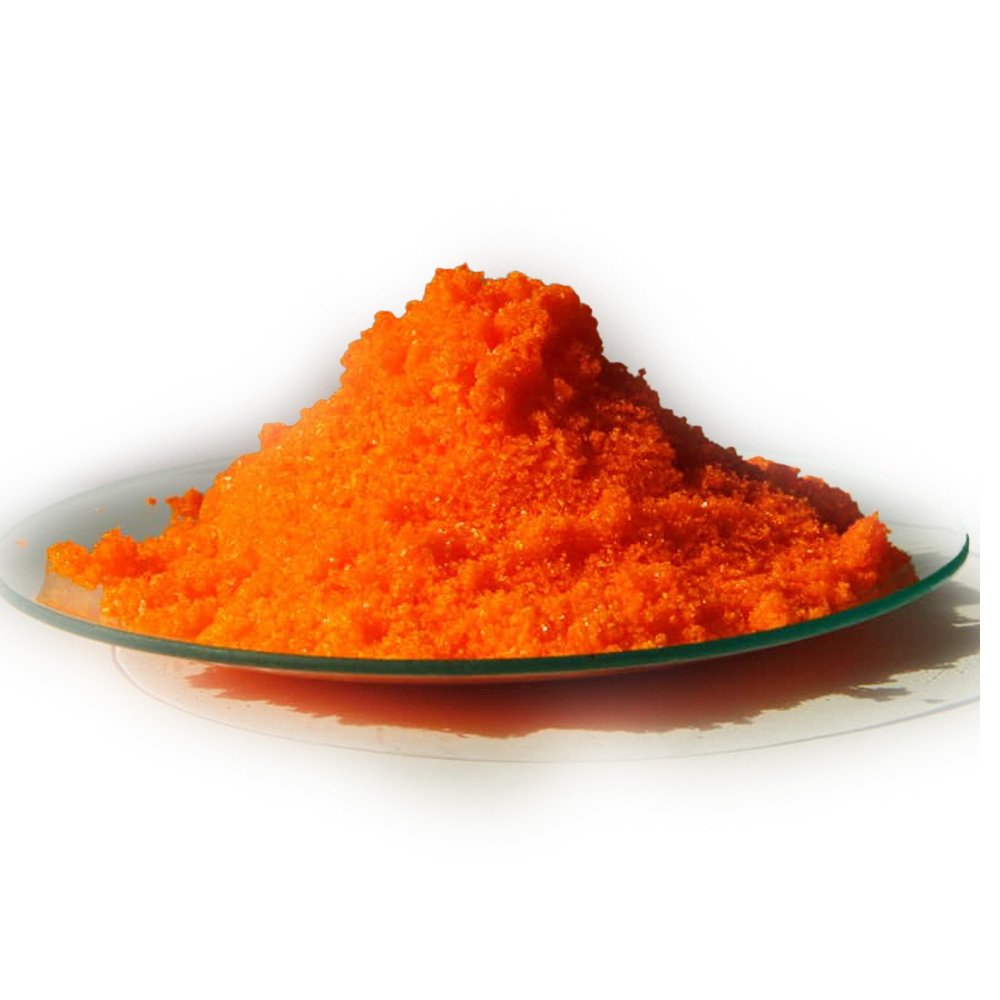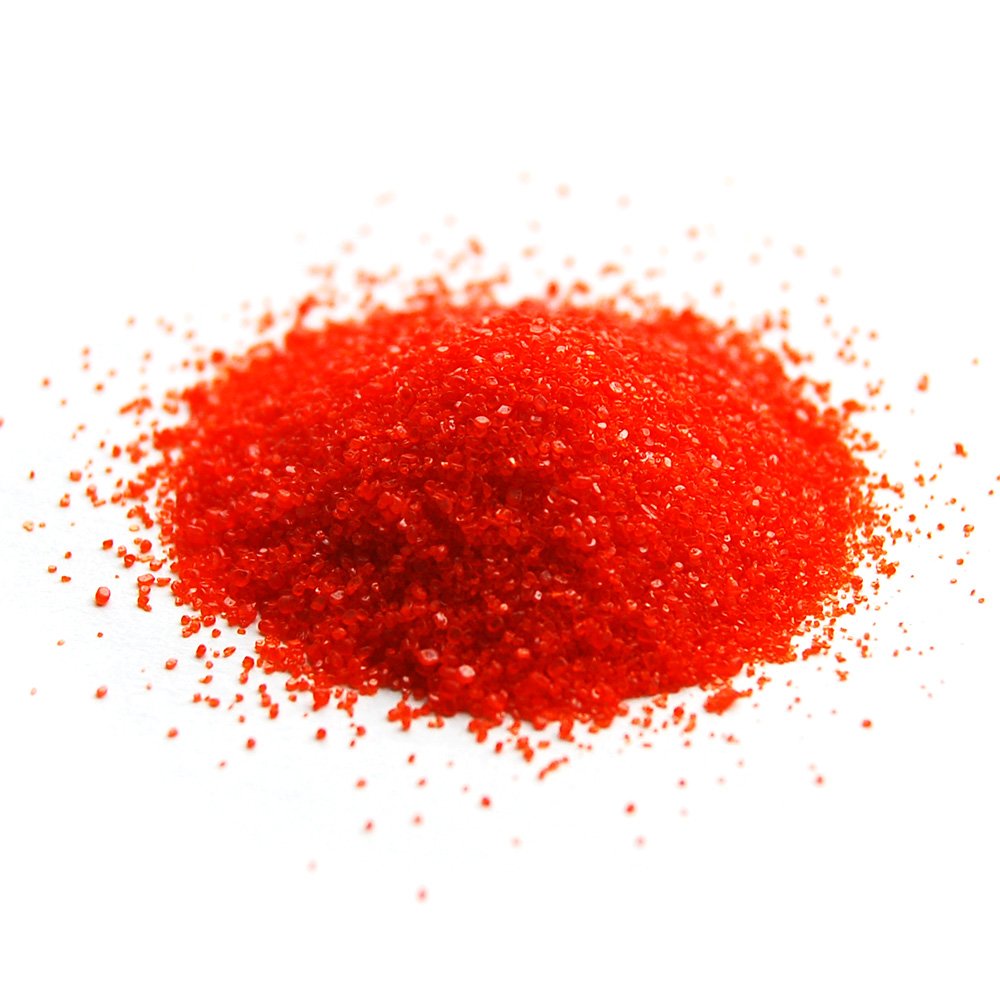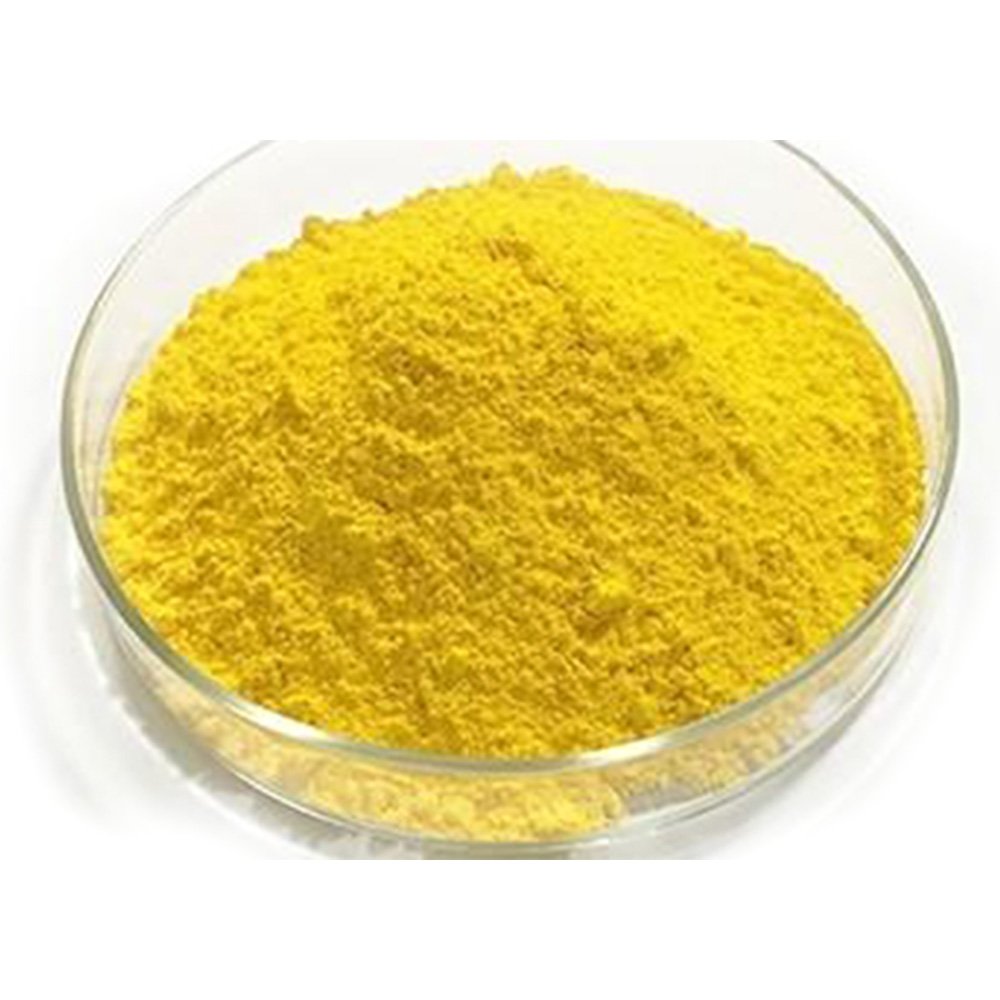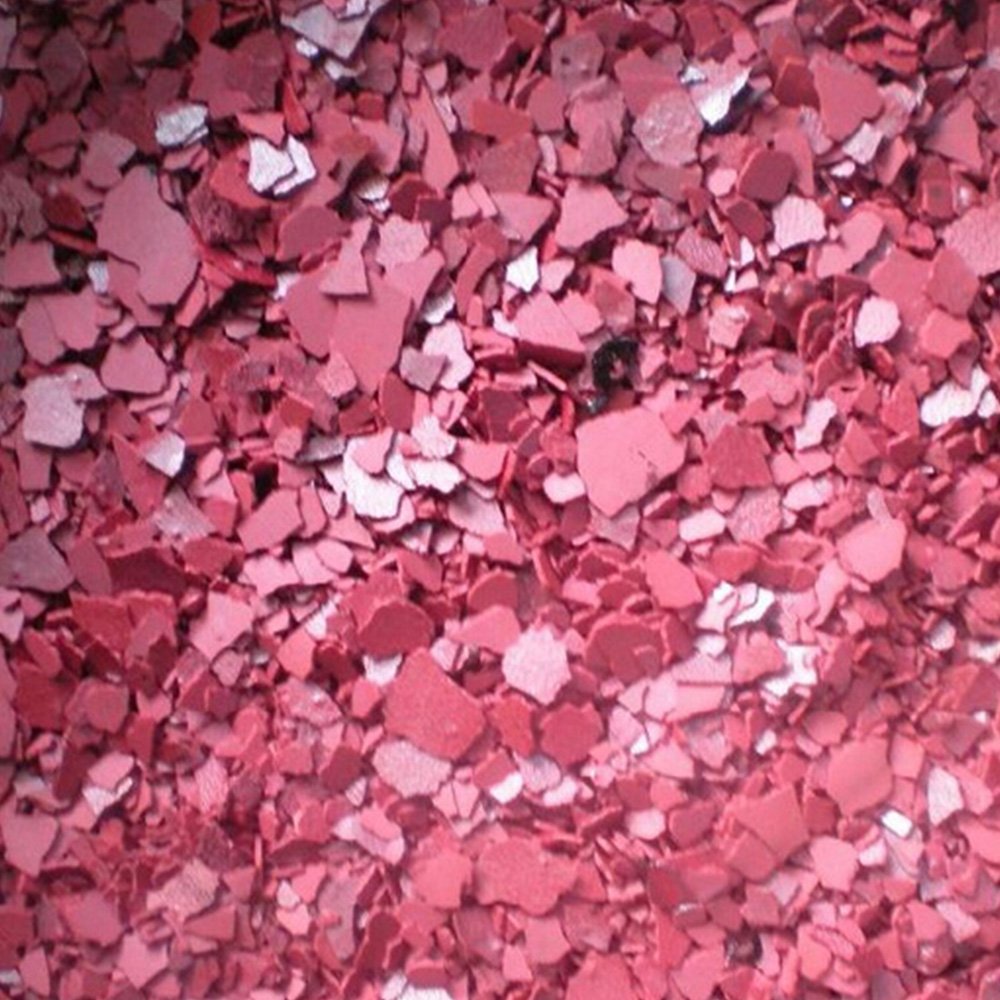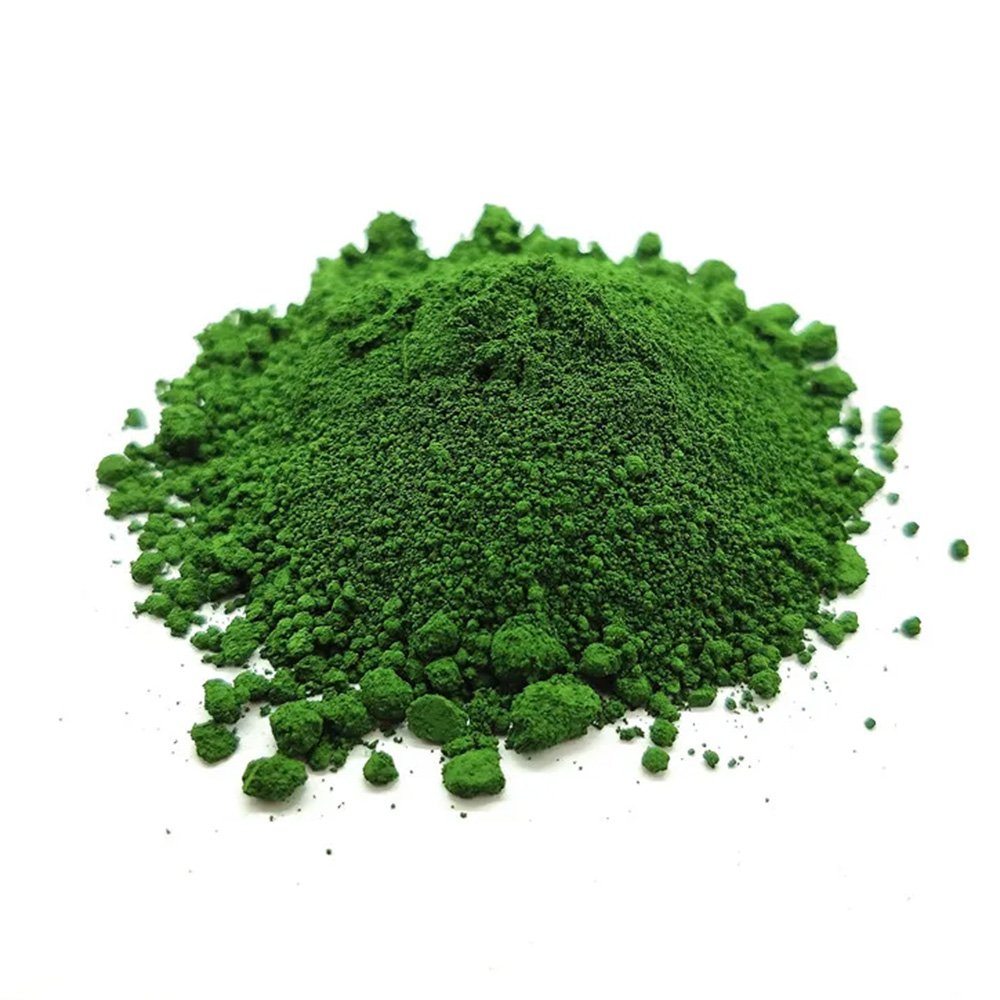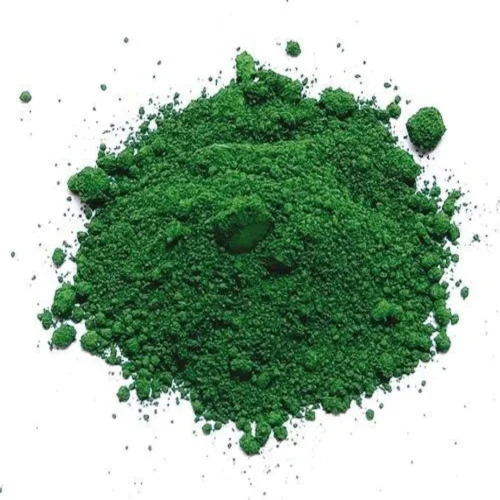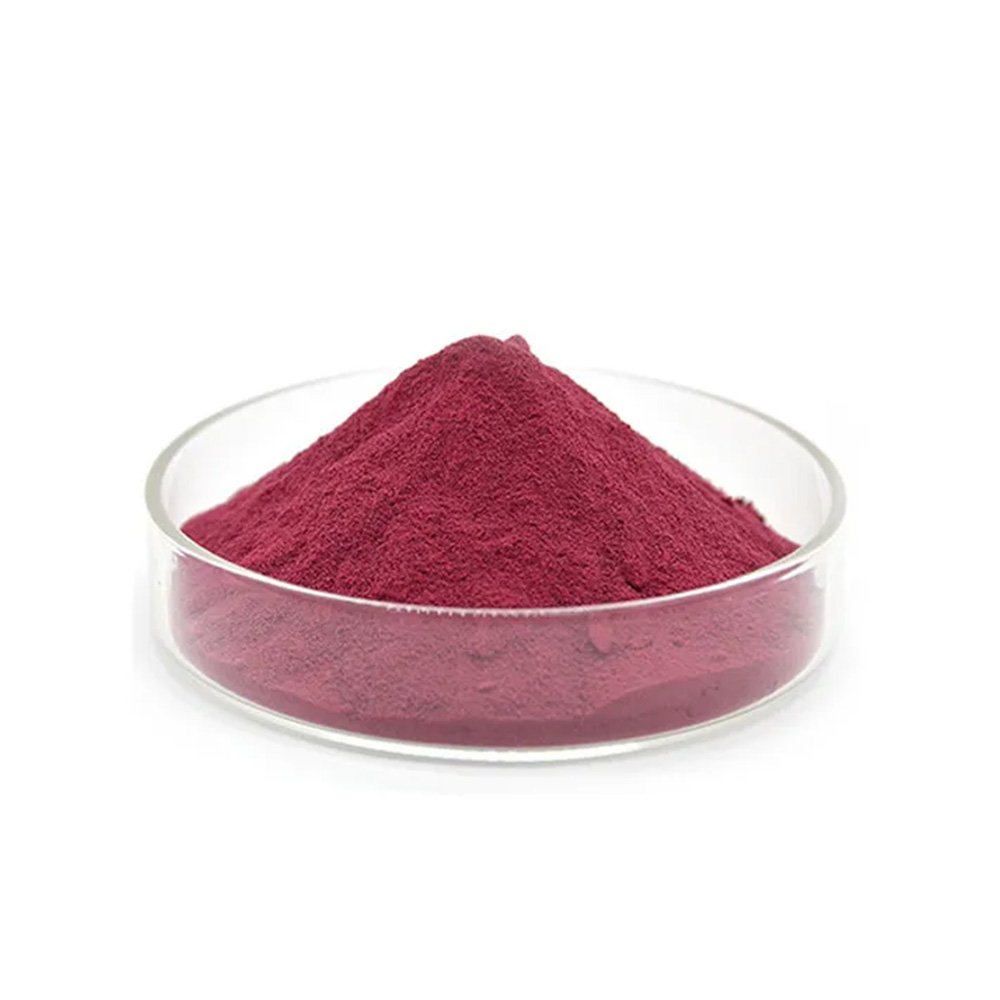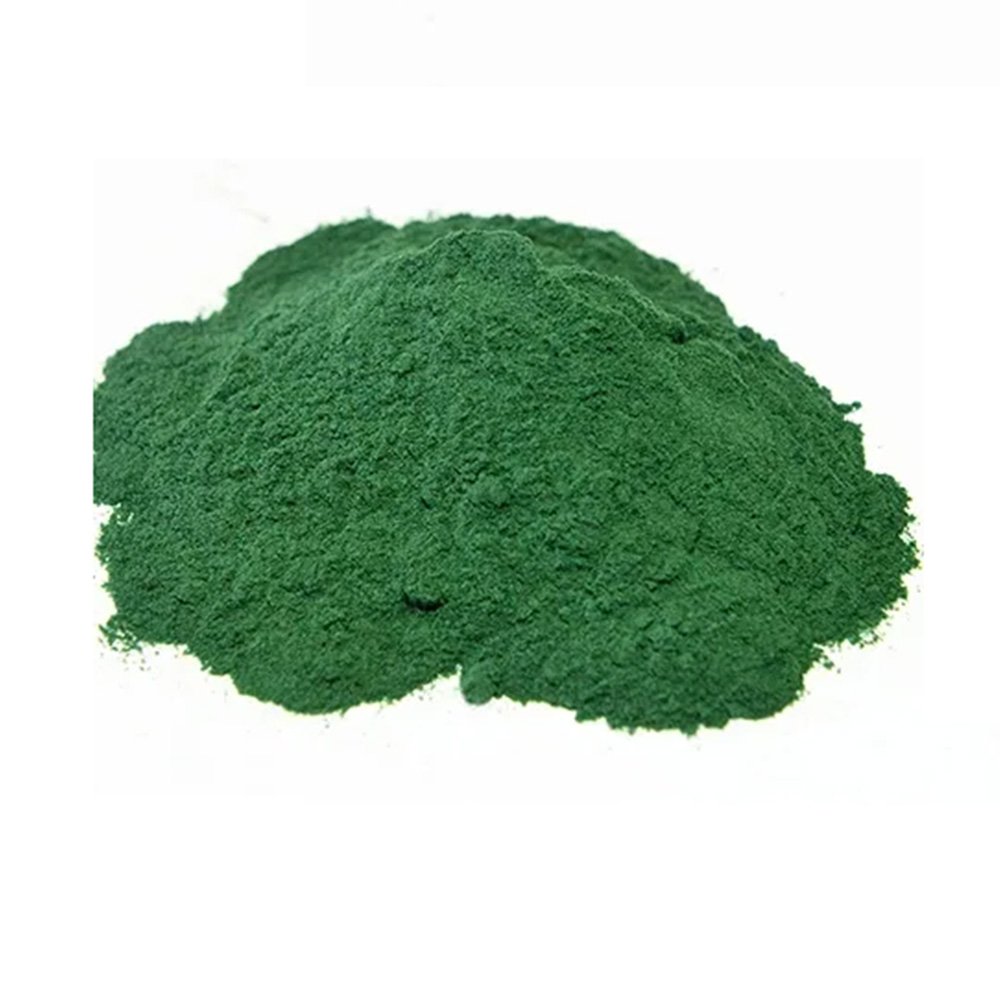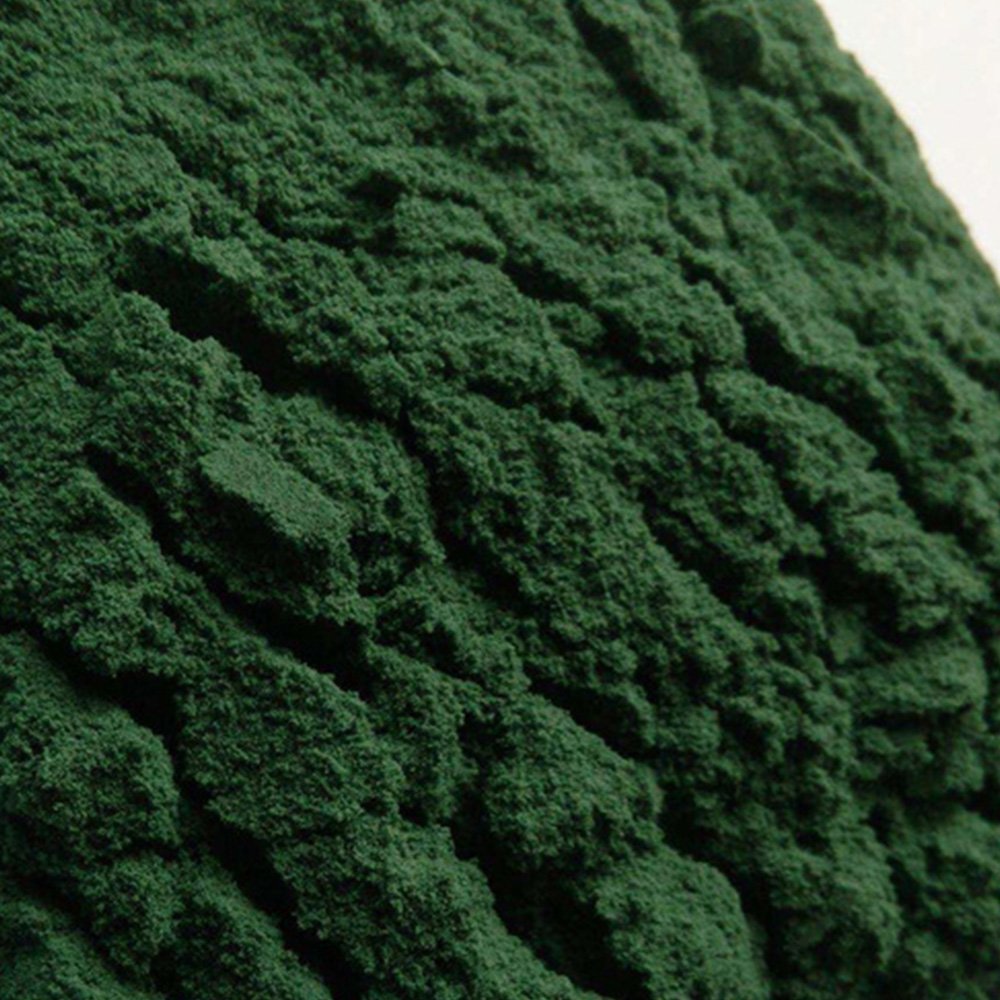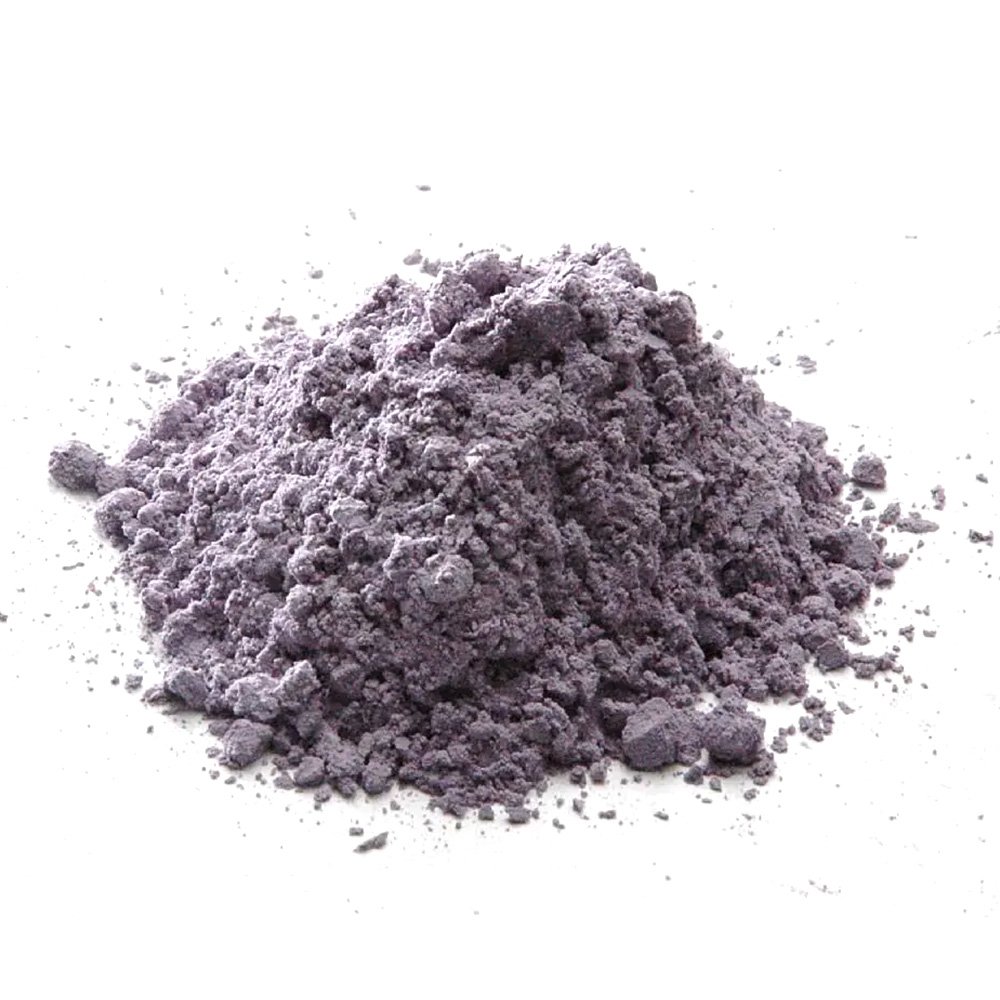What Are Chromium Salt Series?
The Perfect Blend of High Performance and Sustainability
Chromium ranks 24th in the Periodic Table of Elements. It is one of the elements with relatively abundant content in the Earth’s crust and has a silvery-white metallic luster. It belongs to a transition metal. Chromium is widely used in various fields such as industry, metallurgy, chemistry, and medicine.
Highassay provides a comprehensive range of chromium salts, from reagent grade to industrial scale, with competitive prices all over the world, tailored to meet your diverse needs. Contact us for any of the chromium salts.
Product by Category
All Highassay chromium salts are characterized by extremely low levels of hexavalent chromium (Cr(VI)).
Why Choose Highassay Chromium Salt Series?

We provide cost-effective chromium salt solutions for both laboratory research and industrial production worldwide.

All products comply with international standards (e.g., GB/T), ensuring high purity and performance for demanding applications.

Moisture-proof and shock-resistant packaging, coupled with efficient logistics, ensures safe product delivery.

Detailed safety guidelines help customers maximize efficiency while minimizing environmental and health risks.
Exploring the Chromium Salt Series
Chromium does not always maintain a single chemical state. It often exists in the form of compounds such as divalent chromium (Cr2+), trivalent chromium (Cr3+), and hexavalent chromium (Cr6+). These valence states not only determine the chemical reaction properties of chromium but also affect its toxicity, stability, and performance in different environments. In particular, the two common forms, trivalent chromium (Cr3+) and hexavalent chromium (Cr6+) determine its various uses in our daily life.
Trivalent chromium, or Cr3+, exhibits relatively stable chemical chemical properties. Compounds generally appear green, such as chromium ions in emeralds. Cr3+ is one of the essential trace elements for the human body and participates in sugar metabolism. It is usually found in some chromium compounds such as chromates, chromites, and chrome green, which are often used in dyeing, pigmenting, and leather processing. Trivalent chromium is stable in the environment and is not easily converted to higher valence states. Therefore, its toxicity to organisms is relatively small. Many chromium products we come into contact with daily contain trivalent chromium. For example, chromium is a pigment and is widely used in industrial fields such as ceramics and paints, where its green and red pigments cannot be separated from the participation of chromium elements. Some Tesla models have adopted the trivalent chromium process, balancing environmental protection and performance.
The +6 oxidation state of chromium, usually represented as hexavalent chromium (Cr6+), is completely different. Compounds usually present an orange-red color, such as Sodium dichromate. Hexavalent chromium is a very strong oxidizing agent, which makes it have significant applications in industry, especially in electroplating and surface treatment of aluminum alloys. It can enhance the corrosion resistance and strength of metals. The metallic luster of the metal casing of your mobile phone might come from the chromium plating layer.
The danger of hexavalent chromium cannot be ignored either. It is prone to dissolve in the environment and has strong toxicity. Hexavalent chromium poses great harm to the human body. It can enter the human body through the respiratory tract, skin, and digestive tract, and even a slight contact may cause serious health problems, especially to the lungs, kidneys, and liver.

